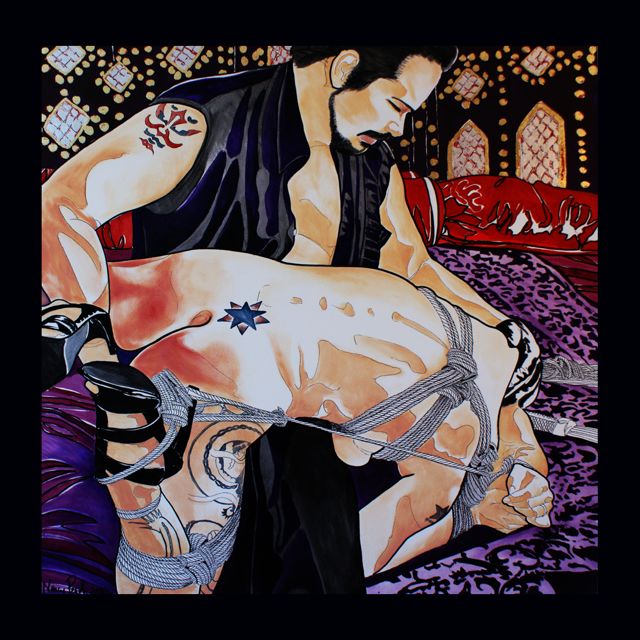Still time to sign up for the Austin Ropecraft Symposium!
I would like to set up a virtual “Zen Bondage Garden” in my Gallery. If you’d like to contribute, please send an image (that you have rights to–don’t steal, please) to graydancer@gmail.com.
Here is the quote that inspired me, from an essay about Japanese Zen Gardens:
Many unique Japanese concepts and esthetics involved in traditional Japanese gardens stem from Zen Buddhism. Whereas the previous importation of Buddhism had come from Tang China, Zen concepts came from Sung China. Its influence on the art and architecture of the country has been impressive and lasting.
Esthetic values which are believed to both Japanese and Westerners to be uniquely Japanese in origin such as simplicity, naturalness, refined elegance, subtlety and the use of the suggestive rather than the descriptive mode of communication are either products of Zen thought or were reinforced by it. It is said to be impossible to describe Zen in words since the doctrine denies this possibility. The doctrine rejects intellectually devised images in favor of direct experience.
Shortly after the doctrine’s introduction into Japan, its monks began the construction of gardens. The essential design elements included in these gardens came to be the main elements of what is know today as a traditional Japanese garden. Naturally the employment of these elements provided the monks with an opportunity to express the “Way of Zenâ€. In them, Zen principles were translated into very special esthetics.
In describing these Zen concepts English is used where there is a commonly definable equivalency. Where the concept is unique to Japanese thought, the Japanese term is used alone. Among the concepts important to garden building are:
• Asymmetry involving a preference for the imperfect over the perfect form and shape and a preference for odd rather than even numbers.
• Simplicity which looks to the achievement of “nothingness†or mu.
• Koko refers to aging accompanied by maturation and mellowness stressing the importance of aged quality and time.
• Naturalness or shizen requires avoidance of the artificial or forced.
• Yugen is the achievement of profundity with mystery, the use of darkness to create stillness and tranquility and the utilization of the technique of Miegakure or avoidance of full expression which requires the hiding of a part of the whole.
• Wabi, sabi, and shibui translated as austerity, elegant simplicity, and tastefulness.
• Seijaku or the attainment of stillness, quiet, and tranquility.Japanese monks returning from China brought back Zen teachings and many art objects common in Sung China. The latter were products of Zen philosophy and were prized highly by are connoisseurs among the aristocrats, monks and warriors of the time.
Coming up next week: an interview with Melissa Gira, about sacred sexuality and rope play.

 Follow
Follow